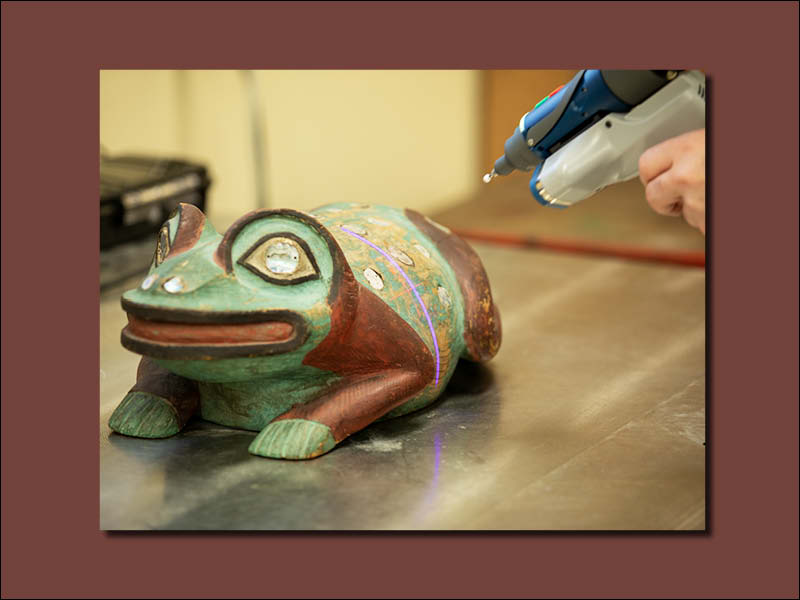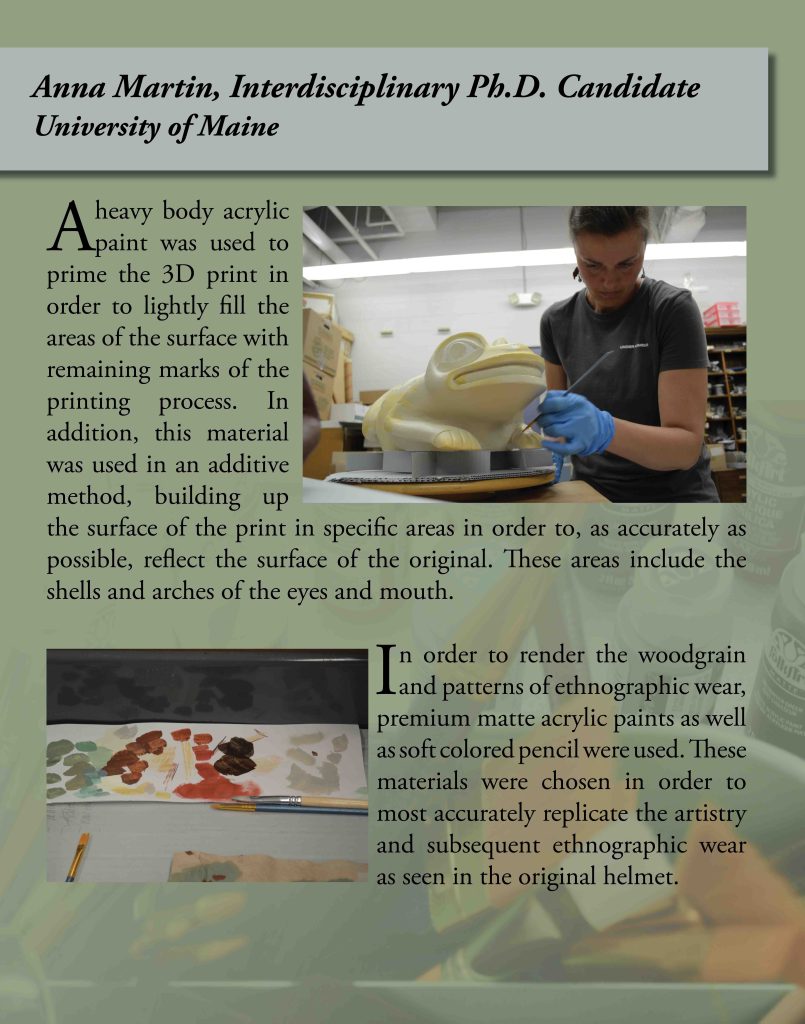Technology and Tradition: Shaping Indigenous Collections for the Future


Presentation by Museum Director Gretchen Faulkner on the process of producing the replica:
A technical publication on this project can be found here.


A technical publication on this project can be found here.